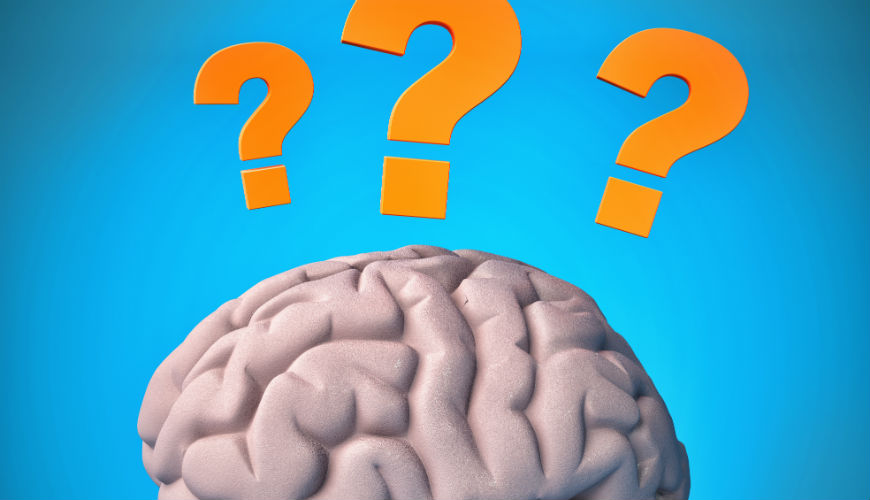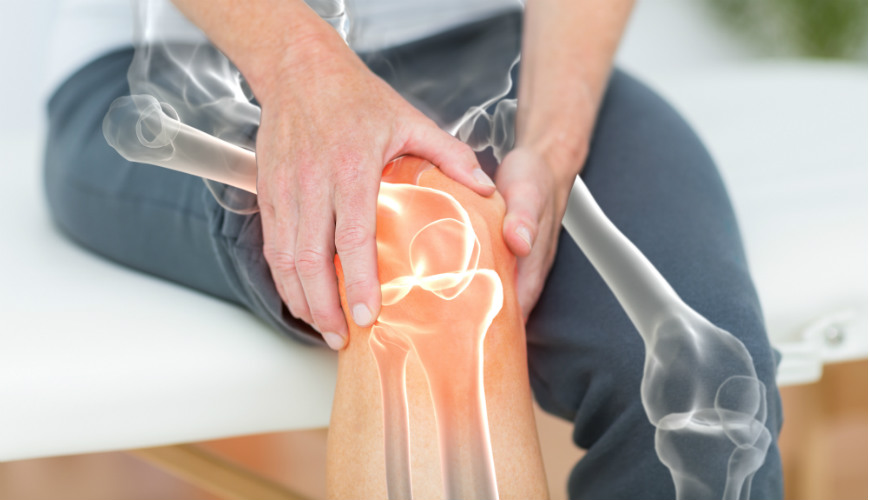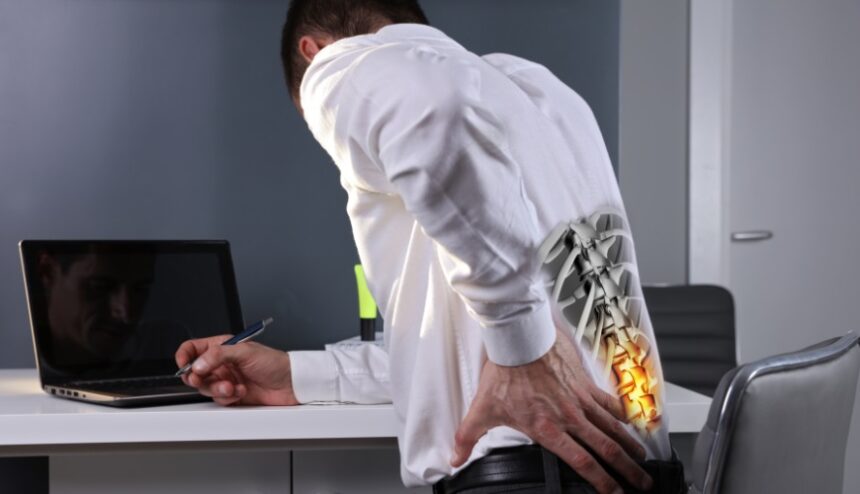By Shauney Moen, DPT, TPS, Physical Therapy UPDATED: July 21, 2021
Are you one of the 25.3 million adults in the United States suffering from daily chronic pain? (1,2) Americans, constituting only 5% of the world’s population, have been consuming 80% of the global opioid supply, and 99% of the global hydrocodone supply. (3)
Alternatives to Pain Medication

Today’s healthcare community continually works to combat opioid addiction for new or chronic pain. Stronger drugs are not being prescribed to new patients with pain unless as a last resort and then under strict monitoring by a patient’s physician. Safer alternative medications and therapy have been very beneficial, both for post-surgery and for new or chronic pain.
Physical therapy (PT) and occupational therapy (OT) staff at Glacial Ridge Hospital have many therapeutic options to treat patients with chronic pain – including a new pain program.
Therapy Services
The focus of treatment is to help individuals get back to activities they love to do with an individualized treatment plan tailored to their goals. Interventions can include: exercises to encourage natural body movements, progressive exercise and activities, stress relief techniques, assistance in environmental changes or coping mechanisms, learning about pain, hands-on interventions, and sometimes, modalities to help reduce pain. Physical and occupational therapy takes a comprehensive approach to treat pain. All of these interventions are part of a program referred to as The Pain Neuroscience Education + Program that aims to increase overall well-being, facilitate movement, and increase function. It also aims to enhance what we call “endogenous analgesia” (our body’s natural pain-relieving chemicals) via non-pharmacological mechanisms.
Some examples of treatments in The Pain Neuroscience Education + Program are outlined below.
Pain Education

Even though pain management is multifactorial, one part of the solution is changing how people view pain. Research finds that the more you know about pain and what your body is going through, the better recovery you will have.(4) Numerous studies have shown that coping skills and coping behaviors powerfully predict persistent pain and disability.
Addressing Your Nervous System
Did you know that pain is 100% produced by the brain? Your body contains 45 miles of nerves and their job is to detect anything going on in your body, like an alarm system. In general, your nerves will detect an injury or stimulus, send a message to your brain, and then your brain will produce pain based on what information is gathered. After an injury or the longer you experience pain, your nerves can remain sensitive and, in turn, your brain will produce and send more pain signals. To help reduce the sensitivity of your nervous system, therapy can provide treatments such as graded motor imagery (“brain exercises”), sensory work to help desensitize the area, nerve movement exercises, and other treatments that can reduce sensitivity.
Exercise
Research shows that aerobic exercise can help reduce pain by pumping blood and oxygen throughout your body. It can also release “feel good” chemicals in your body, which also help reduce pain. Did you know that raising your heart rate by 20 beats per minute for 10-20 minutes can reduce muscle soreness and fatigue, improve sleep, improve appetite, assist with weight loss, decrease stress, and improve mood? (5)
Changing Your Environment
Pain can be influenced by many factors in our environment. Your therapist will help you identify what is contributing to your pain experience and help you set and reach goals in order to reduce your pain. Some examples include sleep hygiene, stress relief, coping skills, and nutrition.
Modalities
Electrical stimulation, ultrasound, traction, iontophoresis, heat, and ice are all examples of modalities that can help reduce pain levels. These modalities can be used in conjunction with the above interventions in order to help you get moving better.

COOLIEF: When Conservative Treatments Haven’t Helped Relieve Chronic Pain in the Knee, Shoulder, Hip, or the Sacroiliac Joint
Dr. Gus Mellgren, family medicine physician at Glacial Ridge, is specially trained and certified in COOLIEF. It is a non-surgical procedure for those with chronic pain in the shoulder, hip, knee, or sacroiliac joint at the base of the spine—which is usually felt in the low back or leg. “This treatment uses cooled radiofrequency energy to pinpoint the nerves that are causing the pain,” said Dr. Mellgren. “It doesn’t involve medications or physical therapy, and many patients get up to two years of relief from this procedure,” he added. COOLIEF is a treatment option when other conservative/traditional treatment options haven’t helped.
Do it for Yourself, Today
Whether you have chronic pain or new pain, you don’t need to suffer. Make an appointment with a provider at Glacial Ridge Health System. They’ll take time to truly listen and discuss treatment options for you to consider. Together you’ll identify a pain management method that is best for your condition.
Already reliant on opioid pain medication to help with your pain? Don’t worry, your therapist and physician can work together in a tapering program too!
References:
- Medicine Io. Relieving Pain in America: A Blueprint for Transforming Prevention, Care, Education, and Research. Washington (DC) 2011.
- Nahin RL. Estimates of pain prevalence and severity in adults: United States, 2012. The journal of pain: official journal of the American Pain Society. Aug 2015;16(8):769-780.
- Manchikanti L, Fellows B, Ailinani H, Pampati V. Therapeutic use, abuse, and nonmedical use of opioids: a ten-year perspective. Pain Physician. Sep-Oct 2010;13(5):401-435.
- Louw, A, Diener, I, Butler, Puentedura EJ. The effect of neuroscience education on pain, disability, anxiety, and stress in chronic musculoskeletal pain. Archives of physical medicine and rehabilitation. Dec 2011; 92(12): 2041-2056
- Hoffman MD, Shepanki MA, Mackenzie SP, Clifford PS. Experimentally induced pain perception is acutely reduced by aerobic exercise in people with chronic low back pain. J Rehabil Res Dev. Mar-Apr 2005;42(2):183190.


